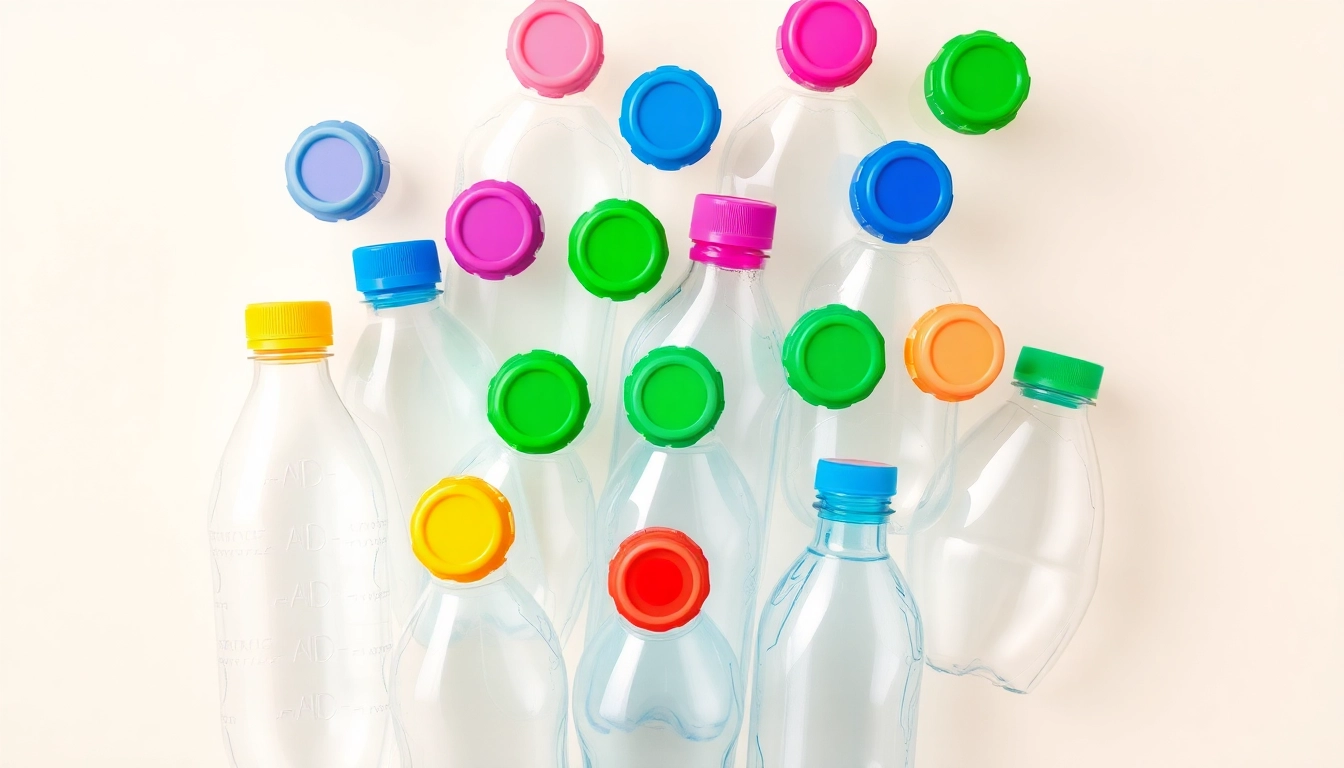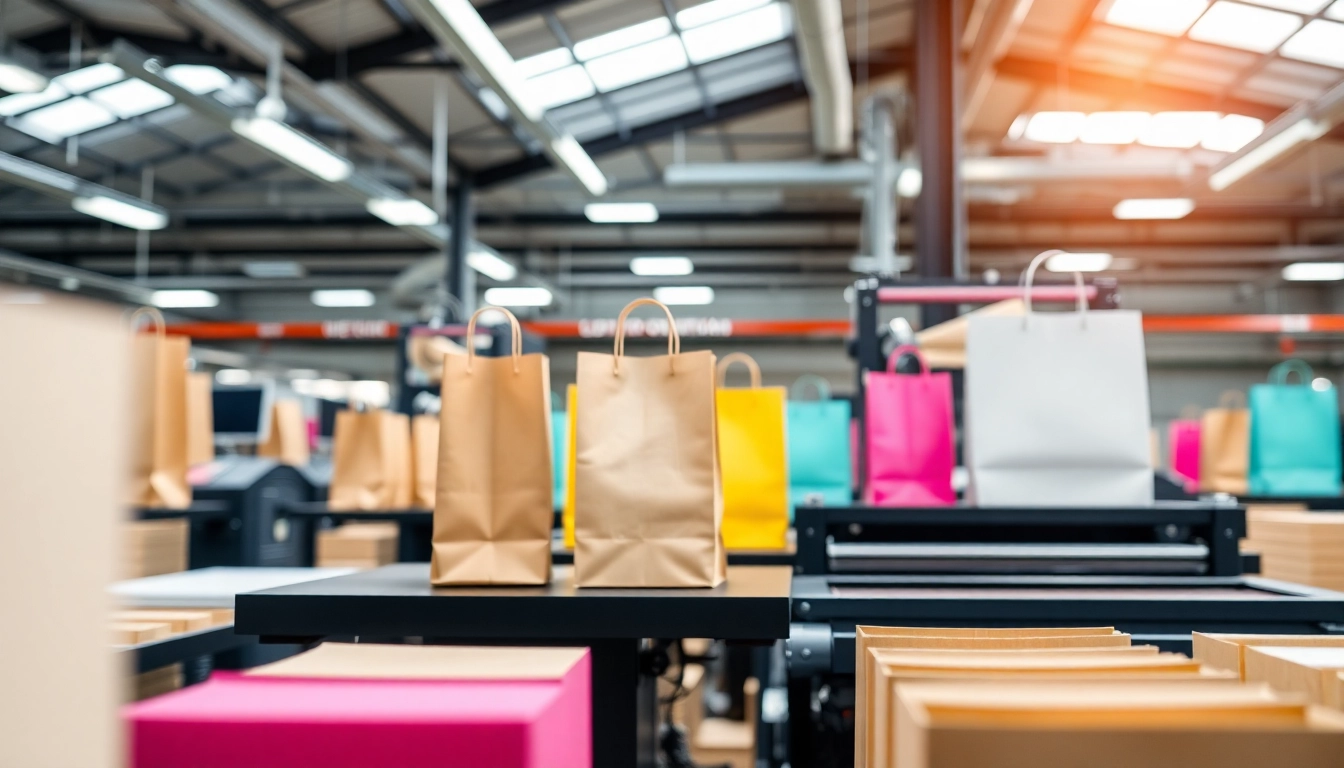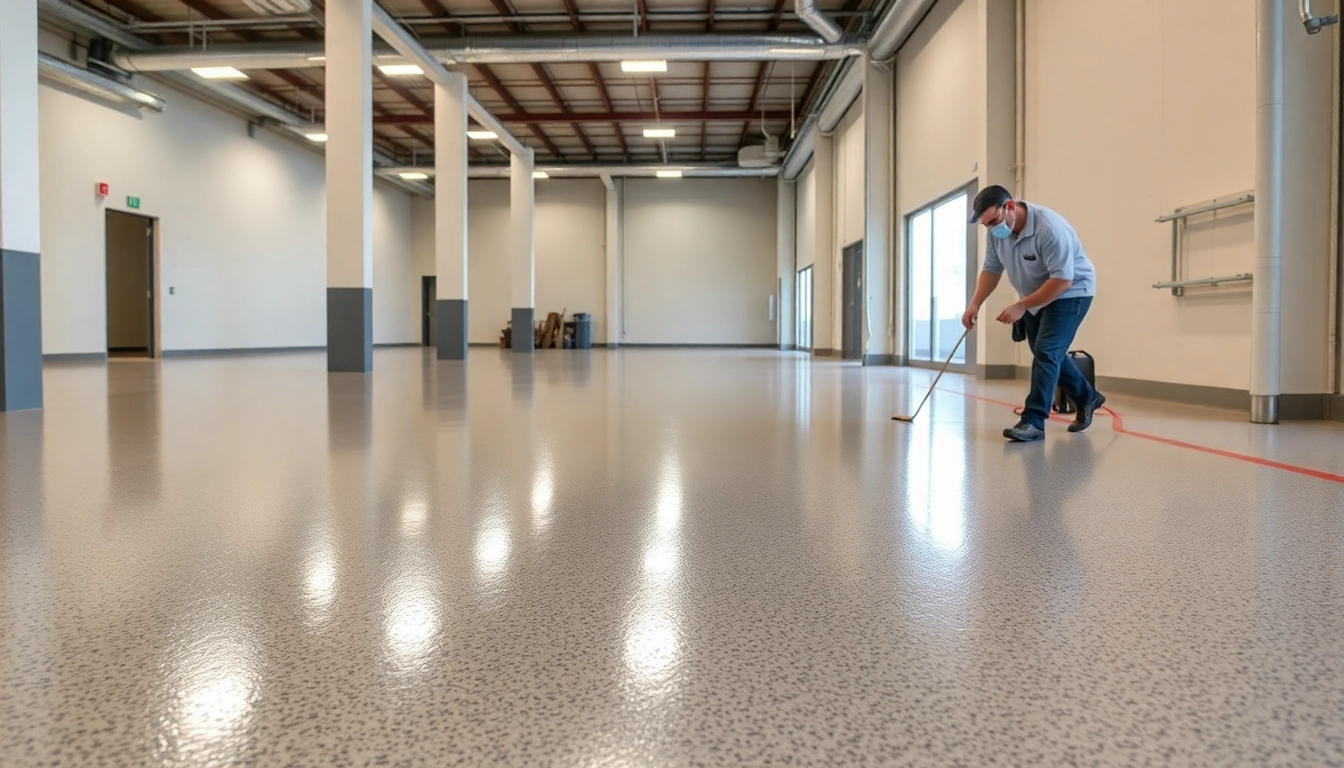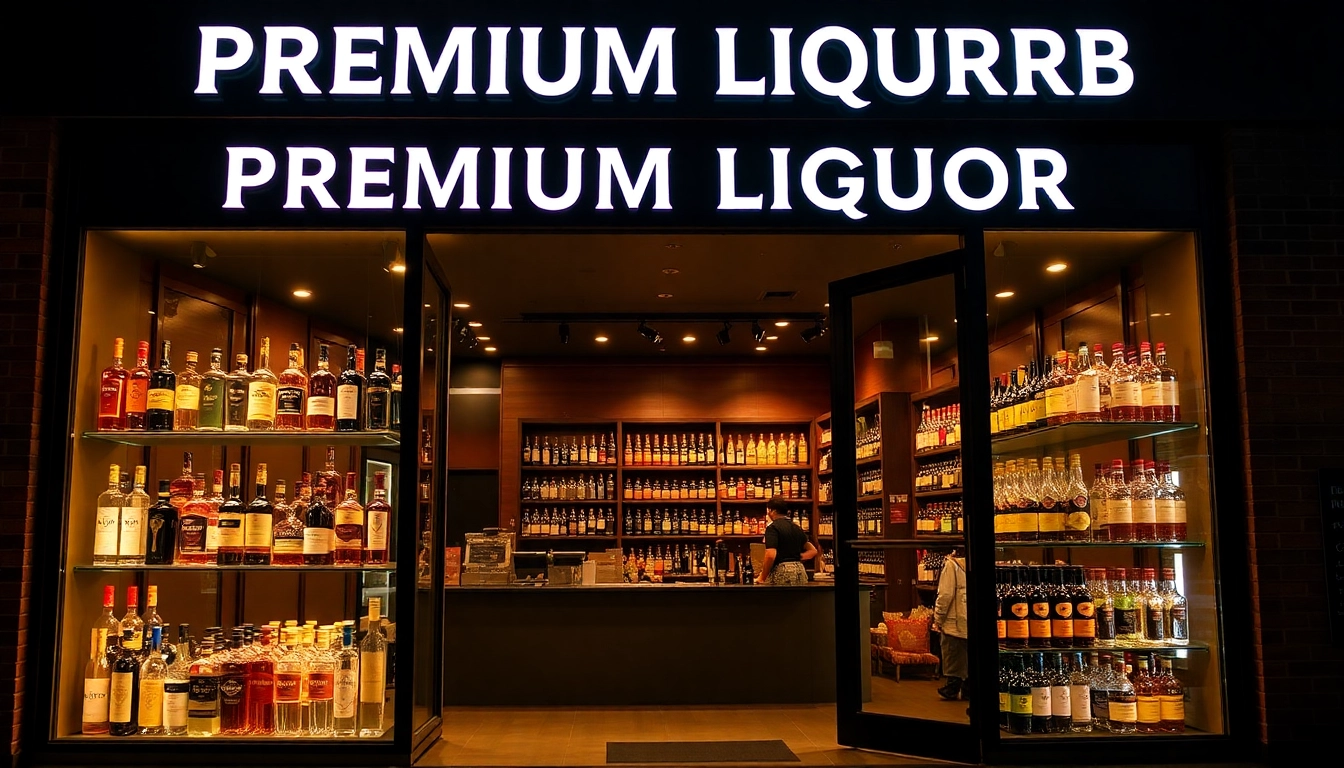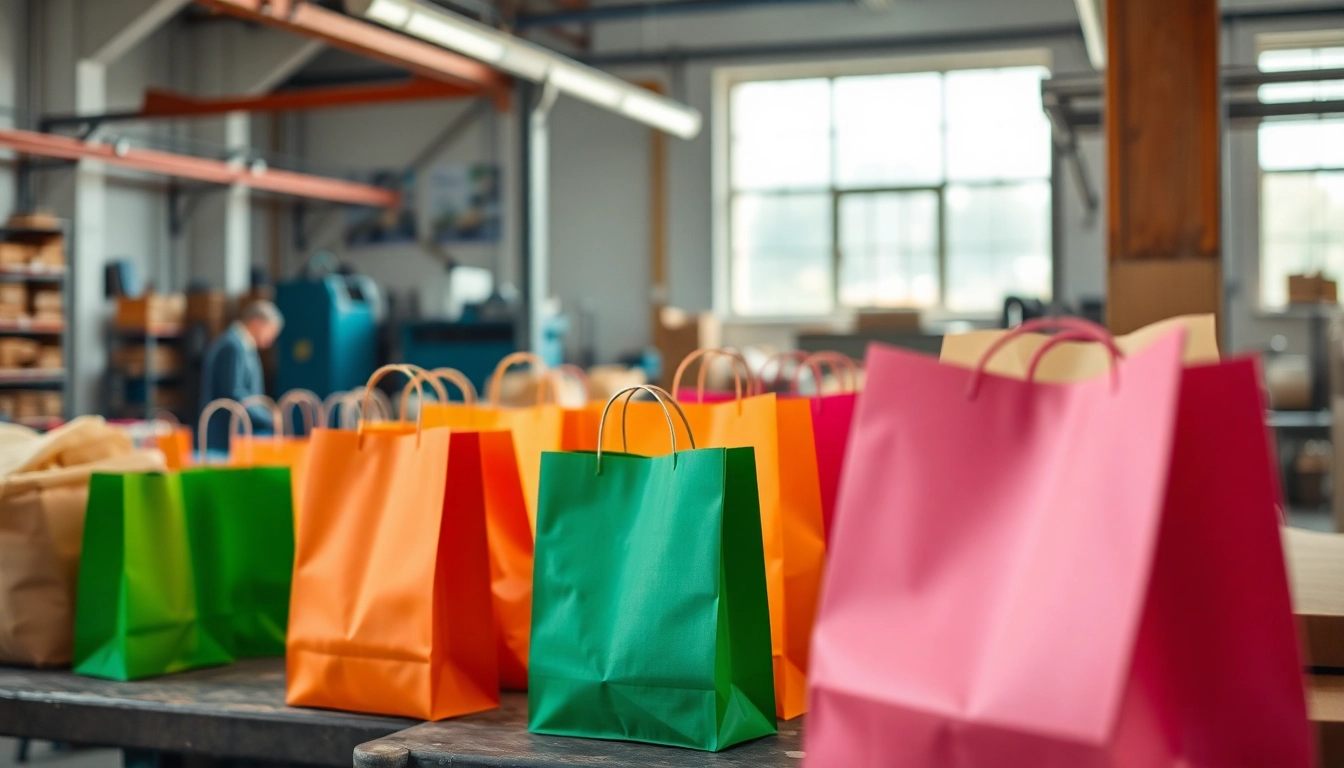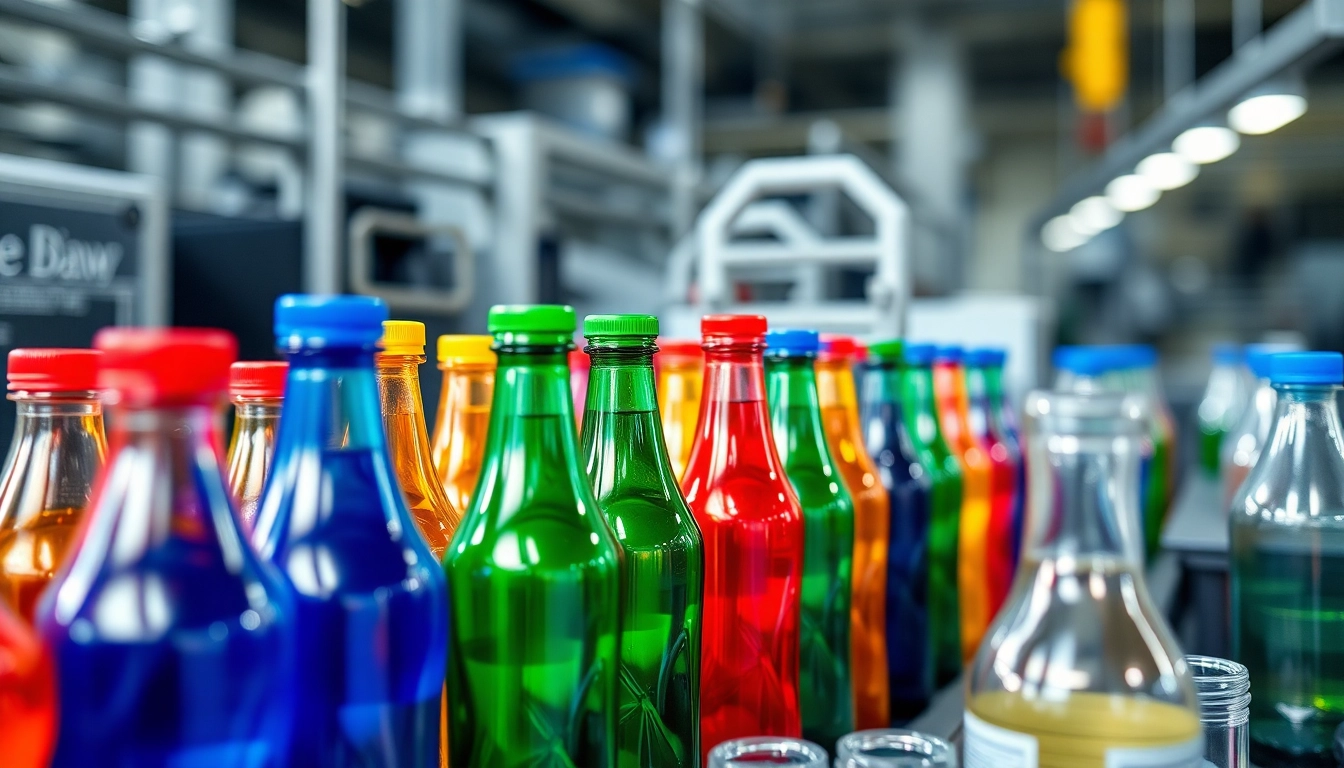
Introduction to Plastic Şişe and Packaging Industry
The packaging industry serves as the backbone of modern commerce, ensuring products are preserved, protected, and presented attractively to consumers. Among the most prominent packaging solutions are plastik şişe, which have revolutionized the way liquids and other consumables are stored and transported. These versatile containers are integral to industries such as beverage, cosmetic, pharmaceutical, and household products, offering a combination of convenience, safety, and cost-effectiveness.
Overview of Plastic Şişe Manufacturing
Plastic şişe manufacturing involves sophisticated processes designed to produce high-quality, durable, and customizable bottles. Typically, the process begins with the selection of raw plastics—primarily polyethylene terephthalate (PET), high-density polyethylene (HDPE), or polyethylene (PE)—which are melted and molded into desired shapes through blow molding, injection molding, or extrusion methods. These techniques enable manufacturers to create bottles of various sizes, shapes, and features tailored to specific market needs.
Market Trends and Demand Growth
The demand for plastic şişe has experienced exponential growth driven by rising consumer preferences for lightweight, portable, and sustainable packaging options. The global market is projected to expand further due to increasing health consciousness, eco-friendly packaging initiatives, and innovations in smart and reusable bottles. According to recent industry reports, the market is growing at a compound annual growth rate (CAGR) of around 5-7%, reflecting a resilient industry poised for continuous development.
Key Benefits of Choosing Plastic Şişe Products
Plastic şişe offers numerous advantages, including excellent impact resistance, flexibility in design, ease of transportation, and cost efficiency. They are lightweight compared to glass or metal alternatives, reducing logistics costs and carbon footprint. Additionally, advanced manufacturing techniques allow for features like ergonomic grips, tamper-evident caps, and custom branding, making plastic şişe an ideal choice for enhancing product appeal and consumer safety.
Types of Plastic and Material Quality
Different Plastic Şişe Materials Used in Production
The choice of plastic significantly influences the bottle’s performance, lifespan, and environmental impact. The most commonly used plastics include PET, HDPE, and PE. PET is renowned for its clarity and strength, making it ideal for beverages like water and soft drinks. HDPE provides excellent chemical resistance and durability, often used for shampoos, detergents, and other household chemicals. PE offers flexibility and is suitable for smaller, squeezable bottles, such as medicine or cosmetic containers.
Advantages of High-Grade Plastics for Durability
Utilizing high-grade plastics enhances the structural integrity, chemical resistance, and longevity of plastic şişe. Premium materials ensure bottles withstand handling and transportation stresses without cracking or deforming. They also resist UV degradation and maintain clarity over time, which is vital for consumer appeal. Investing in superior raw materials ultimately reduces product defects and minimizes return and warranty costs.
Environmental Considerations and Sustainable Options
As environmental concerns grow, manufacturers are exploring eco-friendly plastics, biodegradable alternatives, and recycling-friendly designs. Innovations such as bio-based PET and recycled plastics (rPET) enable companies to reduce their carbon footprint. Sustainable practices not only align with global regulations but also appeal to eco-conscious consumers seeking brands committed to environmental responsibility.
Design, Customization, and Branding
Innovative Design Features for Plastic Şişe
Design plays a pivotal role in differentiating plastic şişe in crowded markets. Manufacturers now incorporate ergonomic shapes, textured grips, and easy-to-open caps for enhanced user experience. Additionally, features such as collapsible designs for travel, tamper-evidence indicators, and integrated measurement scales cater to specific market niches and consumer preferences.
Custom Printing and Branding Solutions
Brand visibility and consumer recognition are crucial in packaging. Advanced printing technologies enable high-resolution logos, vibrant colors, and creative graphics directly on bottles. Custom labeling, embossing, and shrink-sleeve labels provide flexibility and impact, reinforcing brand identity and attracting attention on retail shelves.
Impact of Aesthetics on Customer Attraction
Visually appealing packaging significantly influences purchasing decisions. Transparent bottles showcase product clarity and purity, while unique shapes or special finishes, such as matte or gloss coatings, add perceived value. Effective aesthetics combined with functional design boost customer confidence and foster brand loyalty.
Production Process and Quality Assurance
Step-by-Step Manufacturing Workflow
The journey from raw plastic to finished bottle involves several precise steps:
- Raw Material Preparation: Selection and melting of plastics to achieve the right viscosity.
- Molding: Using blow molding or injection blow molding techniques to shape bottles.
- Cooling and Trimming: Solidifying the shape and removing excess plastic edges.
- Printing and Labeling: Applying branding elements and product information.
- Inspection and Packaging: Final quality checks before packaging for distribution.
Quality Control Measures and Certifications
To ensure consistent product quality, manufacturers implement rigorous quality control protocols, including dimensional inspections, pressure tests, and visual evaluations. Certifications such as ISO 9001, ISO 14001, and GMP standards demonstrate compliance with international quality and environmental management systems, safeguarding consumer safety and brand integrity.
Reducing Defects and Ensuring Product Consistency
Challenges like warping, cracking, or incomplete molding are mitigated through precise control of manufacturing parameters, regular equipment maintenance, and staff training. The use of statistical process control (SPC) measures helps monitor variations and maintain uniform quality across production batches.
Applications and Market Opportunities
Primary Sectors Utilizing Plastic Şişe and Accessories
Plastic şişe are vital in industries such as:
- Beverage industry (water, soft drinks, juices)
- Cosmetics and personal care products (shampoo, lotion, perfume)
- Pharmaceutical industry (liquid medicines, syrups)
- Household chemicals (detergents, cleaning agents)
Emerging Markets and Growth Opportunities
The rise of e-commerce and retail expansion in developing regions is opening new avenues for packaging solutions. Eco-friendly innovations and smart packaging features, like QR codes or RFID tags, enhance consumer engagement and product traceability. Additionally, the growth of premium brands seeking bespoke packaging provides opportunities for high-end, customized plastic şişe designs.
Case Studies of Successful Packaging Implementations
For instance, a leading beverage company revamped its packaging by switching to lightweight PET bottles with ergonomic designs and vibrant branding, resulting in a 15% increase in sales and reduced logistics costs. Similarly, cosmetic brands adopting customized, attractive bottles have experienced stronger brand loyalty and premium positioning in competitive markets.
